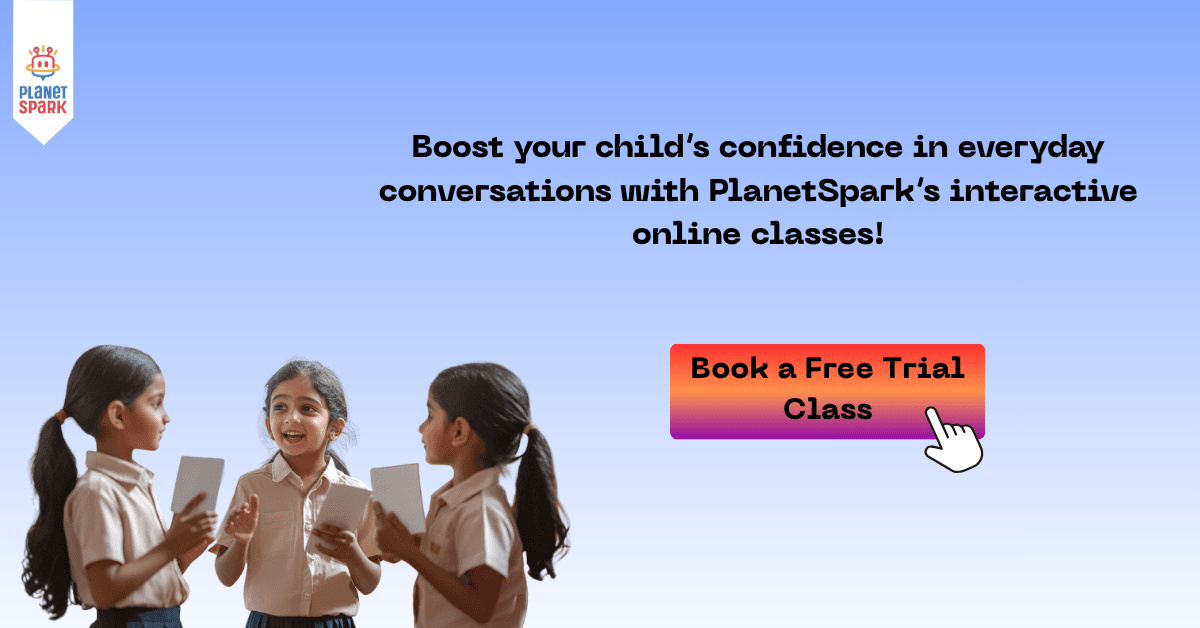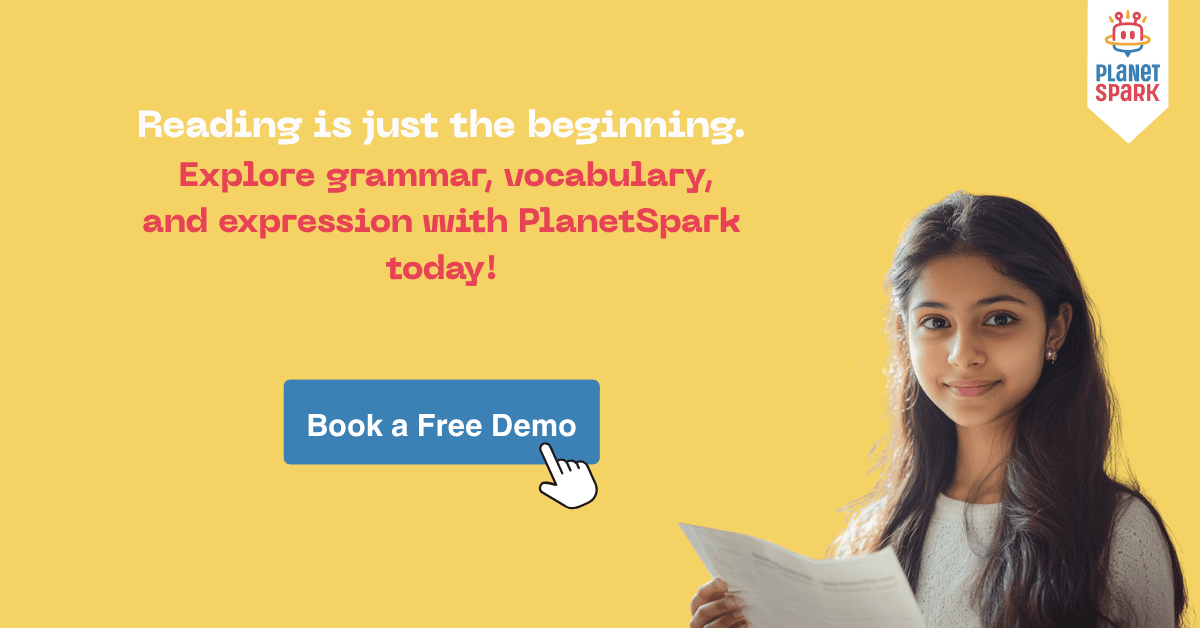7 Powerful Comprehension Strategies for Students

Reading for comprehension is one of the most essential skills students can develop in their academic journey. It’s not just about reading words but truly understanding, analyzing, and interpreting the text. Effective comprehension allows students to grasp new ideas, connect concepts, and retain knowledge more efficiently. This blog will explore seven powerful comprehension strategies that help students strengthen their understanding and retention of what they read. From visualization to self-questioning, these techniques can transform how learners approach texts, making reading for comprehension an engaging and rewarding process.

1. Activating Prior Knowledge
One of the most effective ways to improve reading for comprehension is by activating prior knowledge. Before starting a new text, students should recall what they already know about the topic. This mental preparation helps them create a framework for understanding new information.
For example, if the passage is about climate change, students can first discuss or note down what they already know about global warming, pollution, or environmental effects. This pre-reading activity primes the brain to connect new ideas to existing knowledge, increasing comprehension and memory retention.
How to Apply It:
- Encourage students to make a KWL chart (Know–Want to Know–Learned).
- Ask prediction-based questions such as, “What do you think this passage will discuss?”
- Relate the topic to personal experiences or real-world situations.
By activating prior knowledge, readers become more engaged and mentally ready to understand new content effectively.
2. Making Predictions
Prediction is another key strategy that enhances reading for comprehension. When students predict what will happen next or what a text might reveal, they read with purpose. This interactive approach keeps them curious and invested in finding out whether their assumptions are correct.
Making predictions isn’t about guessing randomly; it’s about using clues from the title, headings, visuals, or introductory paragraphs to infer what might follow.
Practical Application:
- Before reading a story, have students predict the plot based on the title and illustrations.
- In non-fiction texts, let them predict the author’s arguments or conclusions based on headings or subheadings.
- During reading, pause to ask: “Were your predictions correct?” or “What new predictions can you make now?”
This method trains students to engage critically with the text, fostering deeper comprehension and attention to detail.
3. Visualizing the Text
Visualization is a powerful mental process where students create mental images of what they read. It bridges the gap between imagination and comprehension, making reading experiences more vivid and memorable. When students visualize, they transform abstract ideas into concrete images, which helps them recall details and emotions more easily.
For instance, when reading a narrative about a forest adventure, students might imagine the towering trees, the sound of rustling leaves, and the excitement of discovery. This mental movie aids retention and emotional connection with the text.
How to Implement Visualization:
- Please encourage students to close their eyes and picture scenes as they read.
- Ask them to draw what they imagine after reading a paragraph or page.
- Discuss how visualization helped them understand the text better.
Teachers and parents can integrate visualization activities into lessons, making reading for comprehension both creative and effective.
Experience how PlanetSpark transforms reading into an exciting journey.
4. Asking Questions While Reading
Asking questions throughout the reading process keeps students actively engaged. It helps them clarify confusing parts, seek deeper meanings, and monitor their understanding. This self-questioning approach transforms reading from a passive activity into an interactive conversation with the text.
For example, while reading, students might ask:
- “What is the main idea of this paragraph?”
- “Why did the character make this choice?”
- “What might happen next?”
Such questions guide readers to analyze the author’s intent and make connections between different parts of the text.
Implementation Tip:
Teachers can model this strategy by thinking aloud during reading sessions, demonstrating how to form insightful questions. Over time, students learn to do this independently, enhancing their critical thinking and comprehension abilities.
5. Summarizing and Paraphrasing
Summarizing is a fundamental skill in reading for comprehension because it helps students capture the essence of what they’ve read. It requires identifying key ideas, condensing information, and restating it in their own words. Paraphrasing, on the other hand, ensures they truly understand the content rather than just memorizing it.
When students summarize a passage, they sift through unnecessary details to focus on the main ideas. This process promotes retention, clarity, and comprehension.
How to Teach Summarizing Effectively:
- After reading a section, ask students to write a one-sentence summary.
- Encourage them to use their own words instead of copying from the text.
- Use tools like the “Somebody–Wanted–But–So–Then” chart for stories to break down the narrative.
By summarizing regularly, students strengthen their ability to extract essential information and retain it for longer periods.
6. Identifying Text Structure
Understanding how a text is organized is another essential element of reading for comprehension. Every type of writing follows a certain structure, for example, cause and effect, problem and solution, chronological order, or compare and contrast. Recognizing these patterns helps students predict what type of information will come next and how ideas are connected.
For instance, in a “cause and effect” structure, readers can expect a sequence explaining why something happened and what followed. Similarly, in a “compare and contrast” text, they look for similarities and differences between concepts.
Practical Steps:
- Teach students signal words such as “because,” “however,” “similarly,” and “as a result.”
- Provide graphic organizers for different text structures.
- Have students identify the structure after reading a passage.
Once students can recognize text patterns, reading for comprehension becomes smoother and more intuitive.

7. Inferring Meaning Beyond the Text
Inference is the ability to read between the lines, understanding what the author implies rather than states directly. This skill allows students to interpret emotions, motives, and underlying messages that enrich their understanding of the text.
For example, if a story says, “Ria’s hands trembled as she opened the letter,” readers can infer that she was nervous or anxious, even though it’s not explicitly stated. Making inferences requires combining textual clues with personal knowledge and logical reasoning.
How to Develop Inference Skills:
- Ask open-ended questions like “Why do you think the character reacted this way?”
- Encourage students to justify their answers with evidence from the text.
- Practice with short passages where implied meaning is key.
Inference not only sharpens analytical thinking but also deepens emotional and cognitive engagement with reading material.
Mastering reading for comprehension is not about speed but about in-depth understanding, connecting, and analyzing information meaningfully. The seven strategies we’ve explored, activating prior knowledge, making predictions, visualizing, asking questions, summarizing, identifying text structure, inferring meaning, monitoring comprehension, and connecting ideas, collectively transform reading into a powerful cognitive exercise.
When students apply these techniques regularly, they develop stronger analytical skills, improved memory, and greater confidence in tackling both academic and real-world reading materials. Teachers and parents play a vital role in nurturing these habits by creating engaging, discussion-rich reading environments.
Remember, reading comprehension is a lifelong skill that shapes critical thinkers, effective communicators, and independent learners.
Why Choose PlanetSpark for Your Child’s Learning Journey
PlanetSpark offers an innovative and immersive platform where young learners don’t just learn, they experience education. Our approach transforms traditional lessons into engaging, application-based learning experiences that make concepts stick.
Here’s why thousands of parents trust PlanetSpark for their child’s language and literacy development:
- Interactive Learning – No Rote Memorization: Lessons are delivered through stories, dialogues, and real-life examples to make grammar engaging and contextual.
- Concept-to-Application Model: Every concept moves from theory ➝ examples ➝ sentence-building ➝ paragraph writing ➝ live teacher feedback.
- Gamified Learning Tools: Fun quizzes, online games, and challenges ensure children learn grammar while enjoying the process
- Integrated Writing Practice: Students apply grammar concepts in sentence construction and paragraph writing to reinforce real-world use.
- Structured Skill Progression: Courses guide learners from foundational grammar topics to advanced writing techniques step by step.
- Detailed Parent Reports: Regular progress tracking showcases improvements in fluency, accuracy, and creative expression.
PlanetSpark focuses on practical language mastery, nurturing confident communicators ready to excel academically and beyond.
Know where your child stands and how PlanetSpark can help them grow.
Frequently Asked Questions
The seven key strategies include activating prior knowledge, making predictions, visualizing, asking questions, summarizing, identifying text structure, and inferring meaning. These help students engage deeply with the text.
Parents can encourage reading aloud, ask reflective questions after each chapter, and discuss story events to help kids connect ideas and think critically.
It enhances understanding, improves writing and vocabulary, and helps students grasp complex subjects across all areas of study.
PlanetSpark integrates reading comprehension into its interactive lessons through storytelling, dialogue-based learning, and writing practice, ensuring kids understand concepts deeply rather than memorizing them.
Personalized Communication Report
Record a video to get a AI generated personalized communication report for your child

Hi There, want to try these
tips for your child with
LIVE with our expert coach?
Let's check your child's
English fluency
